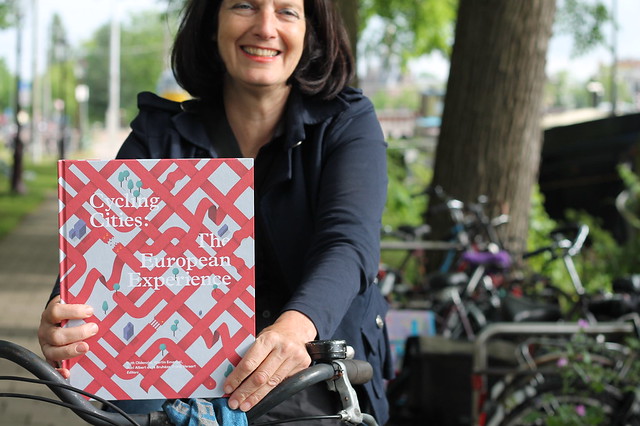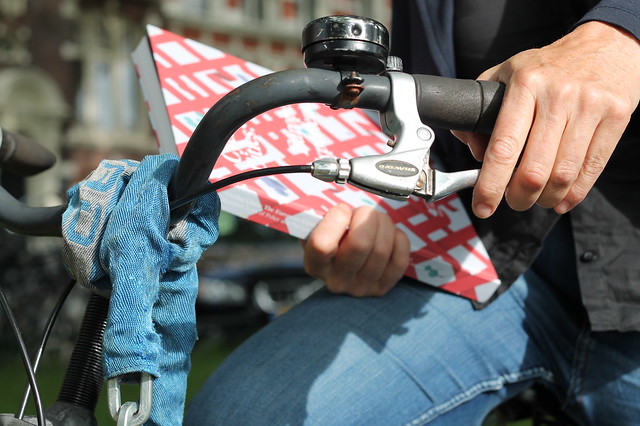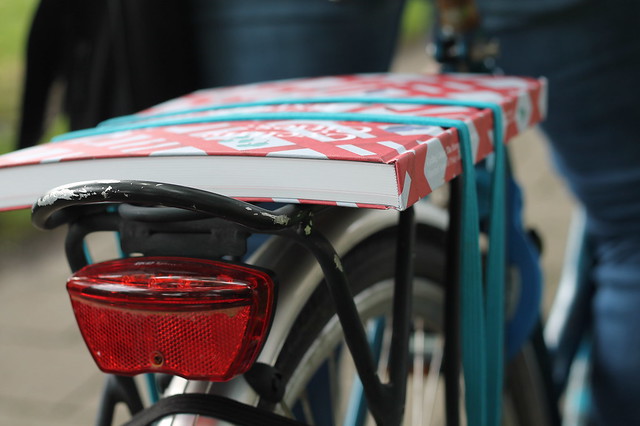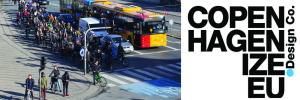In the Spotlight: Prof. Ruth Oldenzi & The best summer read “Cycling Cities”
We were lucky enough to take a ride and have a coffee with esteemed Professor, lecturer, and researcher Ruth Oldenziel, co-author of the latest and greatest book “Cycling Cities: The European Experience.” It’s 200 pages are carefully researched and thoughtfully describe how cycling came to be (or not so much) in several European cities – with Dutch cities as a backbone story of cycling decline, automobility, then incremental change towards what are now urban cycling “success stories.” Of course every city has its own story, culture, and responses to change, and this work delves into those stories from 14 cities in 9 countries. From Budapest’s bicycling revival to Manchester’s “standstill”; Lyon’s corporate enterprise to innovations in Malmö – we can read about diverse trajectories in urban cycling but all with the same goal: to get more people on bikes. Ruth tells us more…
 ACC: What made you want to write this book?
ACC: What made you want to write this book?
RO: I was in NYC in 2009 – the year that marked the 400-year anniversary between New York and Amsterdam. I was going to give a speech and then take a group ride down the Hudson. I rode up to the venue on my Batavus granny bike with high heels and they just looked at me like, what are you thinking? Everyone was wearing Lycra and riding fancy bikes with helmets. I didn’t have any of that stuff, so they didn’t let me go on the ride! I was shocked. But what was interesting was that we were both shocked – at each other’s cycling cultures. I couldn’t explain it to them; I couldn’t explain why I was on this type of bike and why it was ok that I was wearing everyday clothes and high-heels while biking. I couldn’t explain Dutch culture around cycling. That was when the first thoughts about this book started.
ACC: Are there other books like this?
RO: Not really, no. In 1999 a book [by the co-authors] was published in Dutch, called “Fietsverkeer” (or bicycle traffic). And in it was a graph showing cycling levels across several European cities. The graph became quite famous, but because the book was only in Dutch it didn’t take off in the same way. So one of our goals was to translate the book and incorporate the most relevant research in the new book – and update the graph. The other main goal was to create a narrative through lots of images and graphics in order to make is as accessible as possible to everyone – policymakers, advocates, the everyday reader.
ACC: What surprised you most during the research for this book?
RO: When we looked at the cycling data – the numbers – it varied so much. Especially within the Netherlands. Variety suggests that the Dutch are not special people when it comes to cycling – really, it was just a perfect storm of events that lead to this “success story” – if you can call it that. Factors like the car coming a bit later, mediocre public transport systems, the oil crisis, and the social movements of the 70s – all these events came together and created a perfect storm for cycling.
ACC: Is there another city’s story that sticks out in your mind?
RO: Basel is an interesting case. The percentage of trips by bike hasn’t changed in decades. Everything is done so well there – the highways are pristine, the historic city centre is car-free and walking is a high priority, public transit is flawless, efficient and affordable, and bicycle infrastructure is also good. All these modes compete, so one is not really better than another. That makes it difficult for the city to push forward the bicycle share. Biking there is nice, but no where near as fun as in Amsterdam.
ACC: What’s your favourite thing about cycling in Amsterdam?
RO: I love the Weesperzijde (where we are now). Not only have I lived here a long time – I was born and raised in Amsterdam – but I love that this street has no cycling infrastructure and yet it’s a preferred route to and from the city centre. And of course it is – look around, it’s just beautiful.
ACC: Tell me about this bike of yours.
RO: I’ve always had 2nd-hand bikes, but this is my lucky bike. I’m a klutz with bike keys, always losing them. I can’t even tell you how many bike keys I’ve lost – it’s pathetic. I’ve had this bike for six years and never lost the keys!
Thanks Ruth!
For more information and to purchase her book, see the website: www.cyclingcities.info








































































Pingback: Book Review. Best Summer Read - Cycling Cities
Very nice!
Thanks for sharing with us.
August 28, 2016 at 13:34
Pingback: Cycling Cities: An Interview with Ruth Oldenziel | Seeing the Woods